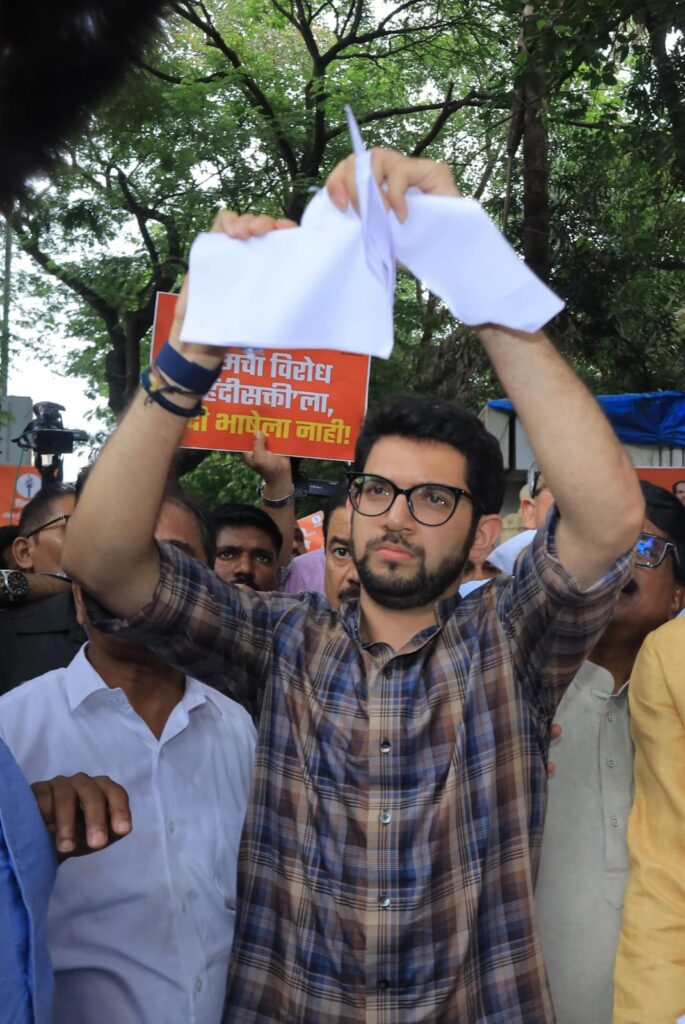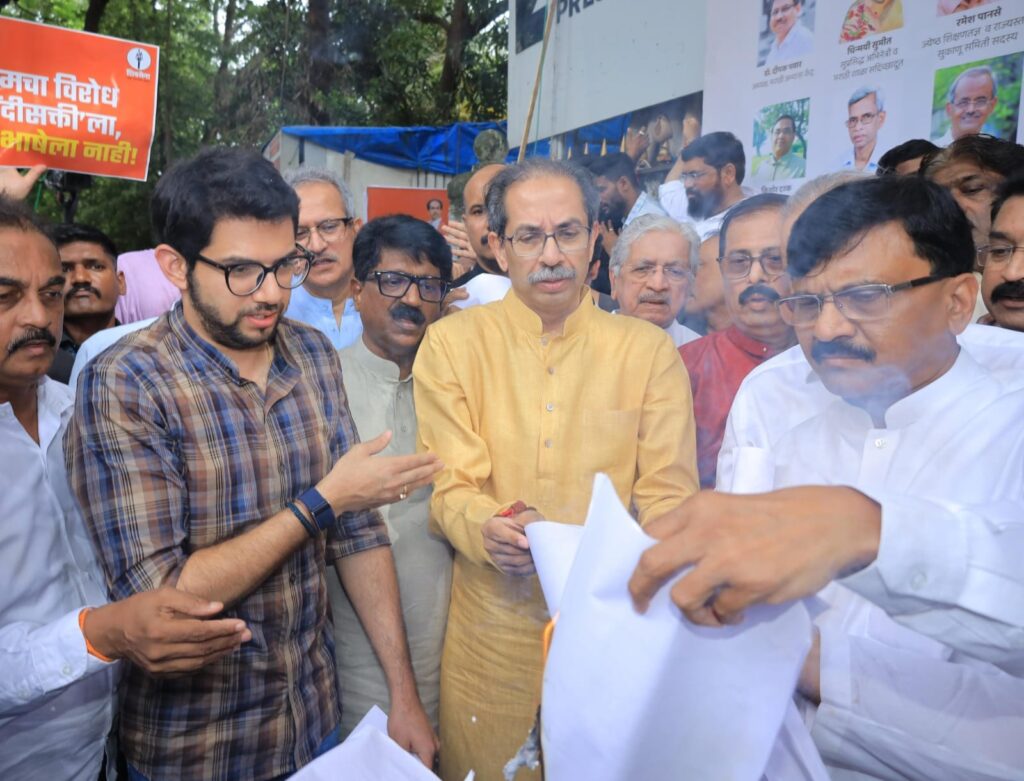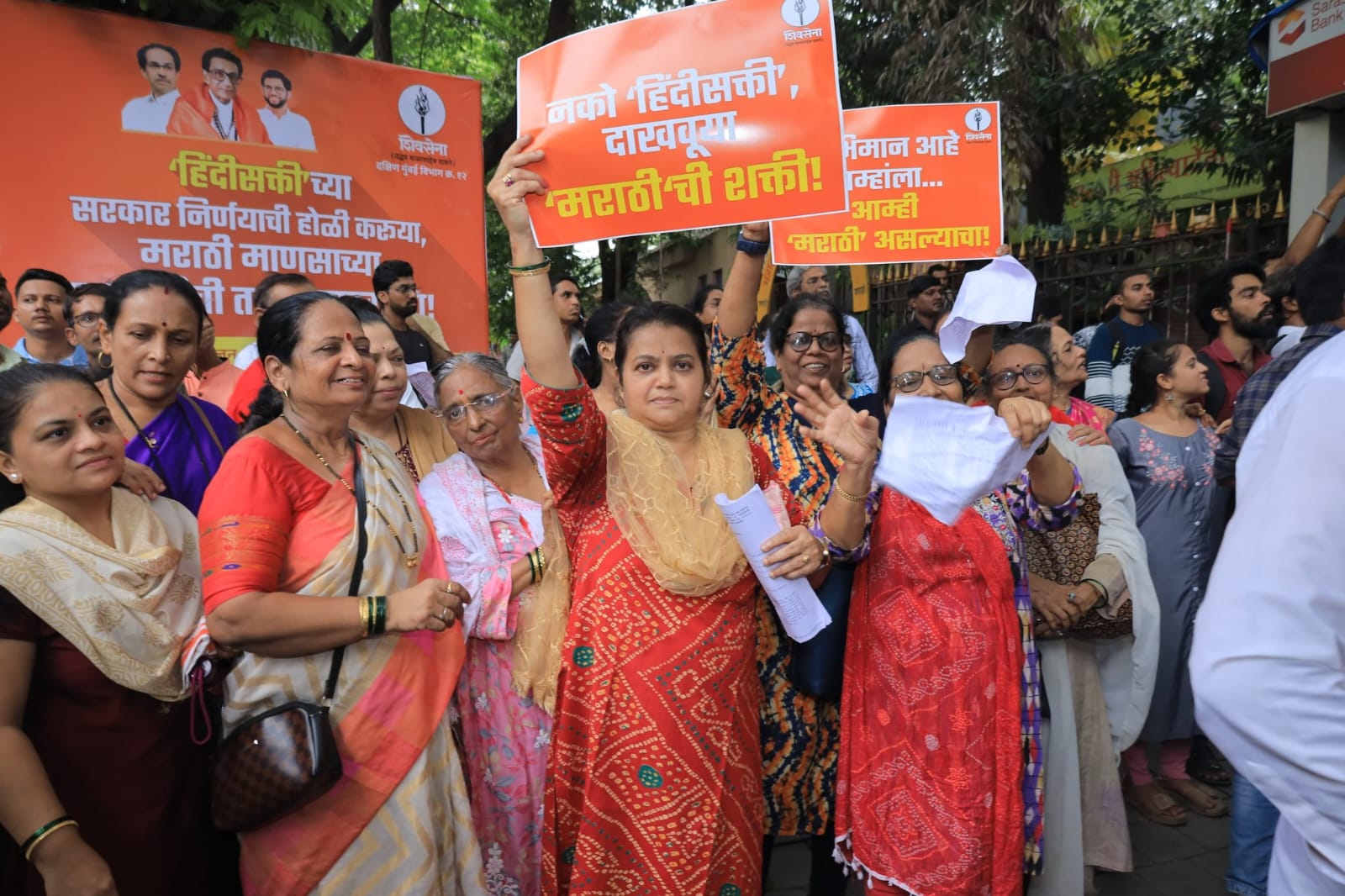1st July 2025
India’s linguistic tapestry, woven from 22 scheduled languages and countless dialects, is both a cultural treasure and a policy challenge. In Maharashtra, where Marathi holds pride of place as the official language, a recent attempt to implement a third language policy in schools sparked a firestorm of debate, revealing tensions between regional identity, national integration, and India’s global image.
Marathi, spoken by approximately 70.34% of Maharashtra’s population (2011 Census), is not just a language but a cultural cornerstone, further elevated by its classical language status in 2024. The National Education Policy (NEP) 2020, which advocates a three-language formula encouraging students to learn a regional language, a classical language, and another Indian or foreign language—set the stage for recent developments. In Maharashtra, this translated into a focus on Marathi, English, and a third language, typically Hindi, in state board schools. However, the implementation of this policy in 2025 ignited a controversy that reverberated beyond the state.
On April 16, 2025, the Maharashtra government, under Chief Minister Devendra Fadnavis, issued a Government Resolution (GR) mandating Hindi as the compulsory third language for classes 1 to 5 in English-medium schools, aligning with NEP 2020’s goal of promoting multilingualism. The decision aimed to standardize language education and position Hindi as a link language across India. However, it quickly met with fierce opposition from regional political parties like the Maharashtra Navnirman Sena (MNS) and Shiv Sena (UBT), as well as Marathi-speaking communities, who perceived it as an imposition that threatened Marathi’s cultural dominance.
The backlash was swift and vocal. Leaders like Raj Thackeray and Shiv Sena MP Priyanka Chaturvedi decried the policy as an affront to Marathi identity, with Chaturvedi referencing a 2023 controversy where the state government had inaccurately labeled Hindi as the “national language.” Social media, particularly X, amplified public sentiment, with posts highlighting Marathi’s classical heritage and questioning the need for mandatory Hindi in a state where it is already widely understood. The controversy echoed similar resistance in Tamil Nadu, where Hindi’s inclusion in education has long been a flashpoint.


Responding to the outcry, the government issued a revised GR on June 17, 2025, designating Hindi as the “default” third language but allowing schools to opt for another Indian language if at least 20 students agreed. This compromise failed to satisfy critics, with the Congress party accusing the government of undermining linguistic diversity. On June 29, 2025, both GRs were withdrawn, and a committee led by educationist Dr. Narendra Jadhav was tasked with reviewing the policy and submitting recommendations within three months. As of June 30, 2025, the third language policy remains under review, with Marathi and English as the primary languages in schools and no mandatory third language in place.
National Implications: Balancing Unity and Diversity
- Regional Identity vs. National Integration: India’s federal structure grants states autonomy over language policies, but the NEP 2020’s three-language formula has sparked debates about Hindi’s role as a link language. Maharashtra’s resistance mirrors concerns in non-Hindi-speaking states like Tamil Nadu, where the policy is seen as a subtle imposition of Hindi. This tension highlights the challenge of fostering national unity while respecting regional linguistic identities.
- Political Fallout: The controversy has significant political ramifications, particularly in Maharashtra, where regional parties leverage Marathi pride as a core electoral strategy. The government’s rapid policy reversal reflects sensitivity to these dynamics, especially with local elections looming. Nationally, it signals to the central government the need for greater consultation with states to avoid alienating regional constituencies.
- Educational Challenges: Implementing NEP 2020’s three-language formula faces practical hurdles, including teacher shortages and varying student preferences. Maharashtra’s linguistic diversity—encompassing Marathi, Hindi, Gujarati, Telugu, and Urdu, particularly in urban hubs like Mumbai—demands flexible policies that accommodate local contexts rather than a one-size-fits-all approach.
- Cultural Preservation: The 2024 classical status for Marathi amplified calls for its protection, making the Hindi mandate particularly contentious. The controversy has galvanized advocacy for regional languages, potentially inspiring similar movements in other states and reinforcing India’s commitment to its linguistic heritage.
Global Perceptions: India as a Multilingual Democracy
India’s handling of the Maharashtra language row shapes its international image in several ways:
- A Model of Linguistic Management: Globally, India is admired for managing over 1,600 languages within a democratic framework. The Maharashtra controversy, while exposing challenges, also highlights India’s responsiveness to public sentiment. The government’s withdrawal of the policy and formation of the Jadhav committee demonstrate a commitment to dialogue, which could resonate with multilingual nations like Canada or Belgium.
- Perceptions of Cohesion: Linguistic tensions, if mismanaged, could project an image of division, potentially undermining India’s global leadership aspirations in forums like the G20. However, the state’s swift course correction mitigates this risk, showcasing adaptability and democratic responsiveness.
- Cultural Soft Power: Marathi’s classical status and the push to preserve regional languages enhance India’s cultural soft power. By prioritizing linguistic heritage, India positions itself as a guardian of ancient traditions, appealing to global audiences interested in cultural diversity.
- Lessons for Multilingual Nations: The controversy offers insights for other multilingual countries. The balance between regional autonomy and national policy, as seen in Maharashtra’s response, could inform language planning in nations like Nigeria or Switzerland, where similar linguistic tensions exist.
Nationally, the episode underscores the need for the central government to tailor NEP 2020 to regional contexts, ensuring stakeholder consultation to prevent backlash. Globally, India’s ability to navigate this issue through dialogue reinforces its image as a dynamic democracy, though ongoing vigilance is needed to maintain this perception amid linguistic complexities.
Also, the Hate crime against the Hindi speaking population in the region should stop as it can worsen the internal harmony of the secular country.



